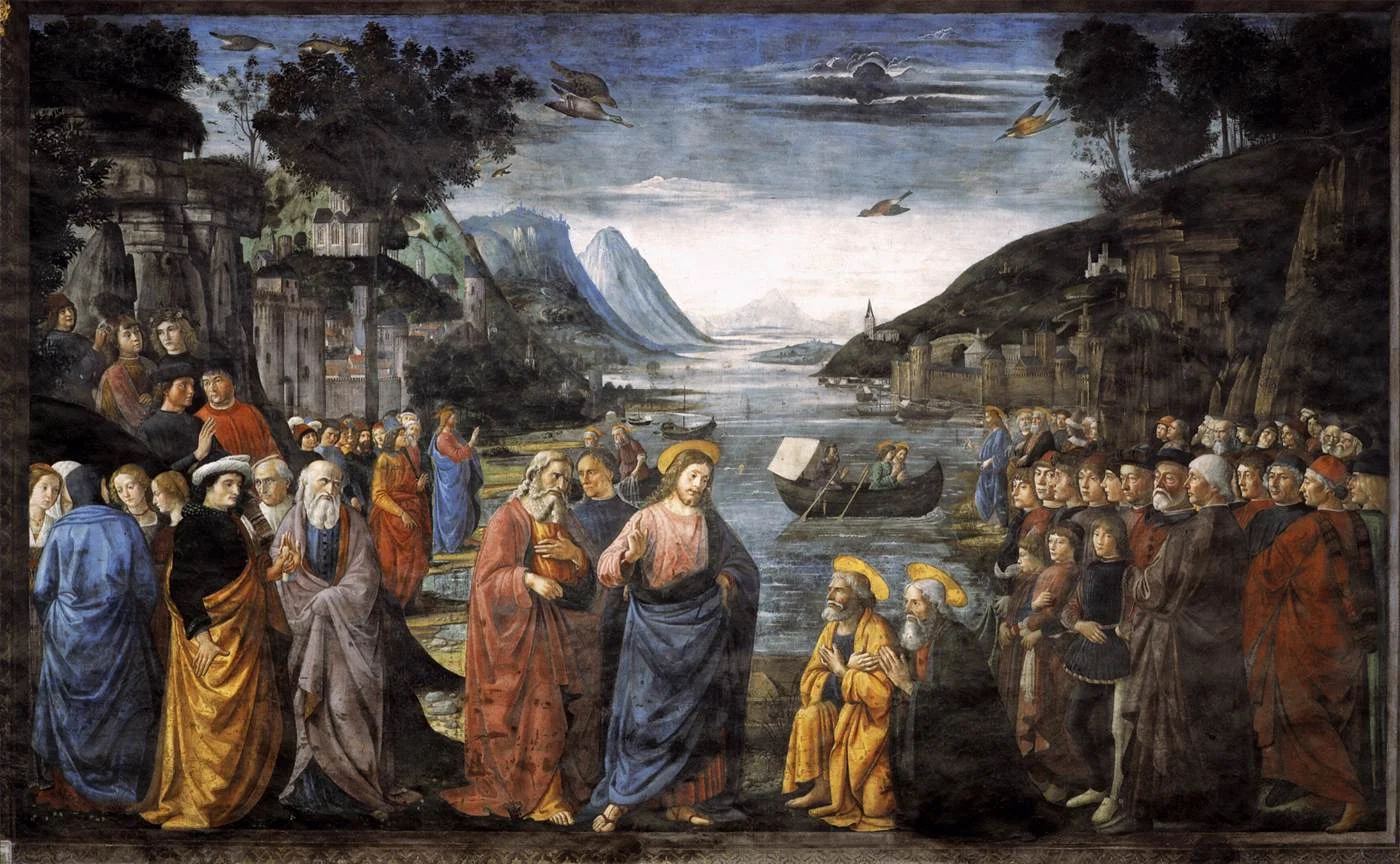Recent Gnosis Journal (@gnosisjournal) Review of The Composition of the Gospel of Thomas by Simon Gathercole
I recently reviewed a volume for Gnosis Journal. Simon Gathercole wrote The Composition of the Gospel of Thomas, where he sets out on a two fold purpose: (1) what is the original language of the Gospel of Thomas; and (2) what early Christian sources influenced the composition of the Gospel of Thomas.
I was interested in this book for a number of reasons. First, I try to stay up to date on Simon Gathercole's publications. His literature is quite helpful and I have found his insights particularly helpful. Second, I teach a Jesus and the Gospels course at CBU where I introduce students to other Gospels in antiquity. So, these monographs aid my ability to stay up-to-date on early Christian scholarship in a field that may not be my direct focus of study. Third, my direct speciality is Didache and the Two Ways and my New Testament love is Hebrews. Gathercole had a specific chapter on the Gospel of Thomas's relationship with Didache's Two Ways (Did. 1–6) as well as Hebrews. So, as one can imagine, this was of particular interest to me.
You can access the book here, review here, and Gnosis Journal here (twitter).
I have attached a small section of the review where I comment on the positive features of the book.
Gathercole’s contribution to Thomasine scholarship is noteworthy for many reasons. First, Gathercole has a pulse on the turns and shifts in scholarship. Each chapter presents German, European, and American scholarship and situates an analysis of the Gospel of Thomas within the past and current trends of the literature. He traces the discussion of original language (chapter 1), arguments of independent composition (chapter 5), and the variety of proponents and options for compositional influence (147–49). These sections provide a helpful frame to situate Gathercole’s primary research but also serve as a starting point to review the status of these topics.
Next, chapter 3, “Proposed Semitisms in Thomas: A Critical Analysis” is thorough enough to call a Gospel of Thomas Semitic Vorlage into question. I find his argument balanced and even-handed. Any work still advocating a kind of Semitic origin will need to address the methodology, concerns, and findings in Gathercole’s argument. This entire chapter examines a large number of Semitisms proposed by scholars—more notably, DeConick’s volume The Original Gospel of Thomas in Translation, as well as arguments made by Quispel, and Guillaumont. Gathercole analyzes the probability of seventy-eight sayings in the Gospel and the Semitic compositional influence. “It is possible, then,” Gathercole concludes, “in the light of the evidence presented above to produce another attempt at a classification, albeit one rather more pessimistic than that of Guillaumont’s ‘essai de classement’ ” (102). The findings in this chapter do not suggest that it is impossible that some sayings cannot go back to a Semitic original but these findings do suggest a recategorization of sayings, a reevaluation of methodology, and an overall question of the legitimacy of a Semitic position.




